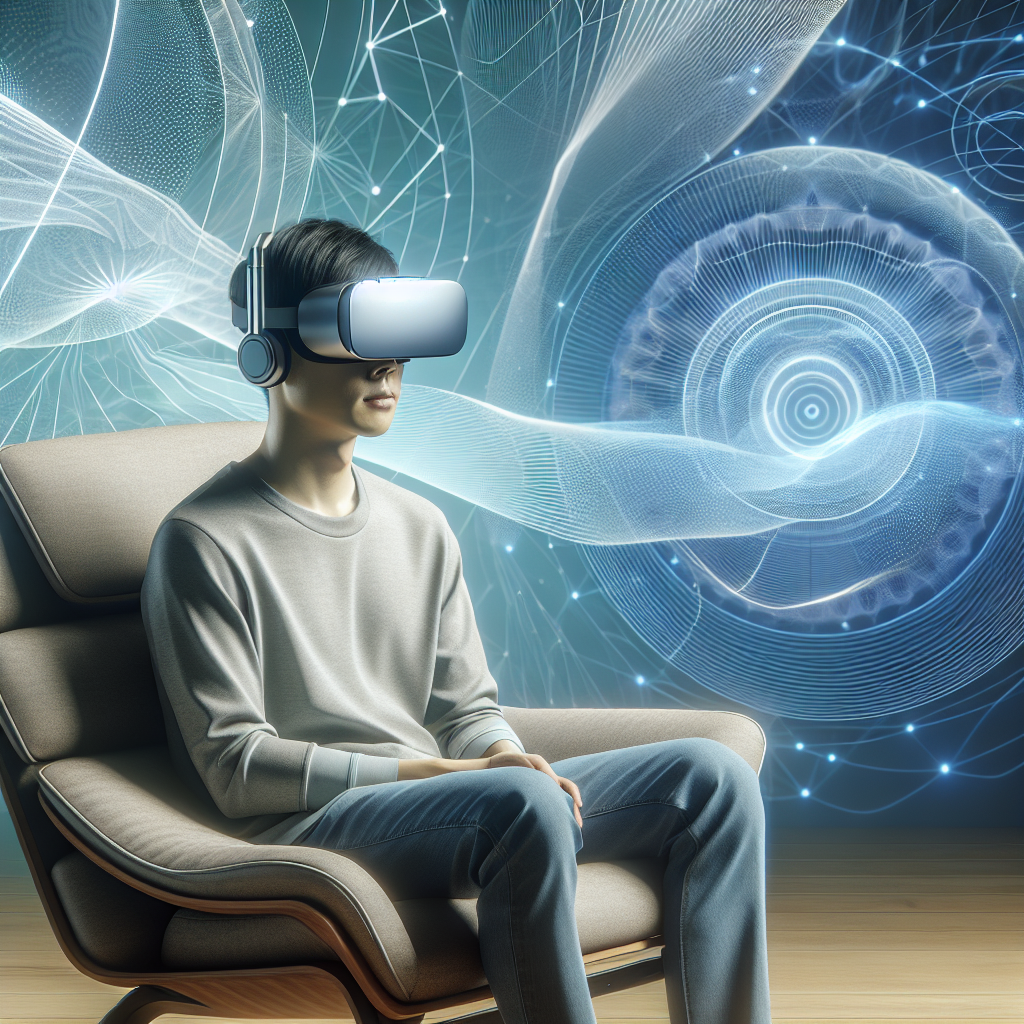The Rise of Virtual Reality in Mental Health
Virtual Reality in Mental Health is emerging as a groundbreaking tool in the treatment of various mental health conditions. By creating immersive, controlled environments, VR technology allows therapists to guide patients through scenarios that are hard to replicate in a traditional therapy setting. This method has shown promise, particularly in treating anxiety disorders, PTSD, and phobias.
Understanding the Application
The application of Virtual Reality in Mental Health isn’t just about high-tech gadgetry; it’s about creating a safe space for patients to encounter and work through their fears and traumas. For instance, VR can simulate crowded places for a patient with social anxiety or recreate traumatic events in a controlled manner for someone with PTSD. The key is the therapist’s ability to control the environment and tailor interventions to each patient’s specific needs.
According to a study published in the American Psychological Association, VR therapies have led to significant improvements in anxiety levels among participants compared to traditional cognitive-behavioral therapy alone. This suggests that VR could be a valuable addition to existing treatment modalities.
Benefits Over Traditional Methods
One of the primary benefits of using Virtual Reality in Mental Health is its ability to create highly specific therapeutic scenarios. Traditional therapy often relies on patients’ imagination to revisit traumatic or anxiety-triggering situations, which can be less effective or more distressing for the patient. VR overcomes this by providing vivid, controlled, and repeatable environments, allowing for consistent therapy sessions.
Additionally, VR can be less stigmatizing; patients might be more willing to engage in VR-based therapy sessions as they can be conducted in the privacy of a therapist’s office, reducing the fear of public exposure or judgment.
Challenges and Considerations
Despite its benefits, the integration of Virtual Reality in Mental Health is not without challenges. The cost of VR technology and the training required for therapists are significant barriers. There is also the question of accessibility for patients who may not have easy access to clinics offering VR therapy.
Moreover, as with any therapy, the effectiveness of VR varies from person to person. It requires a tailored approach, and therapists must be adept at adjusting the technology to suit individual patient responses.
Looking Forward
As Virtual Reality in Mental Health continues to develop, its potential to transform therapeutic practices is undeniable. However, it necessitates ongoing research, professional training, and ethical considerations, particularly regarding patient data security and the psychological impact of VR scenarios.
This innovative approach could well be a staple in future therapeutic settings, offering new pathways for those seeking mental health support. The next steps involve broader accessibility and continuous improvement of VR programs to cater to a wide range of mental health issues.


